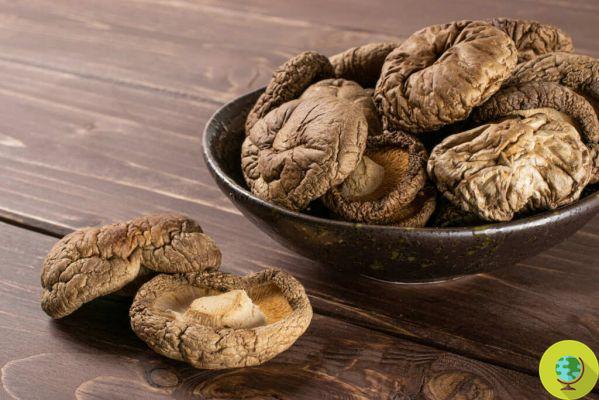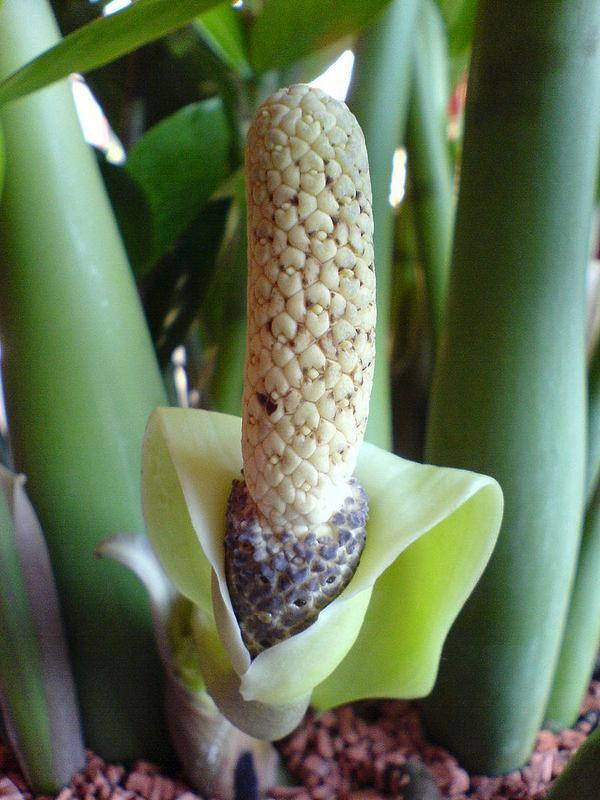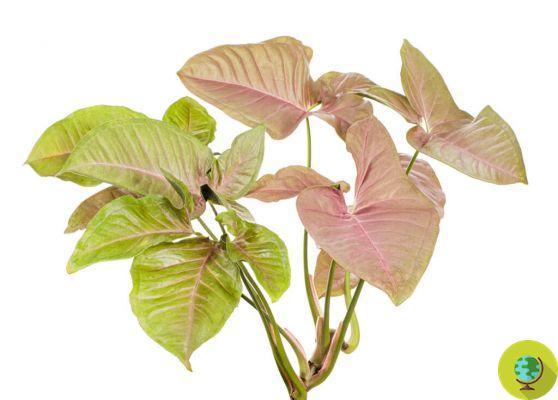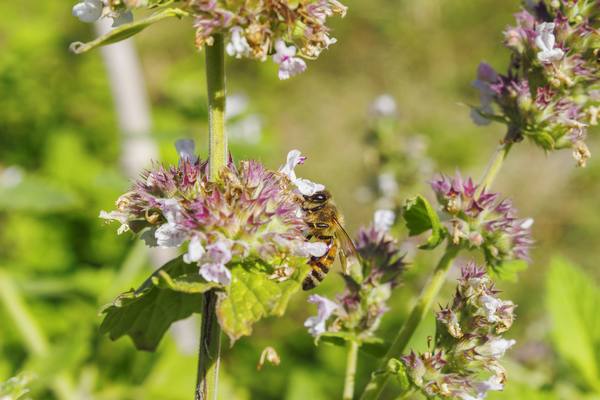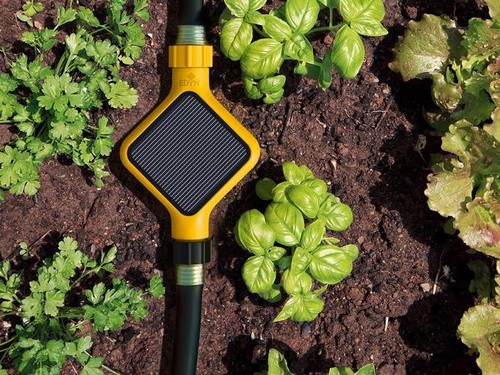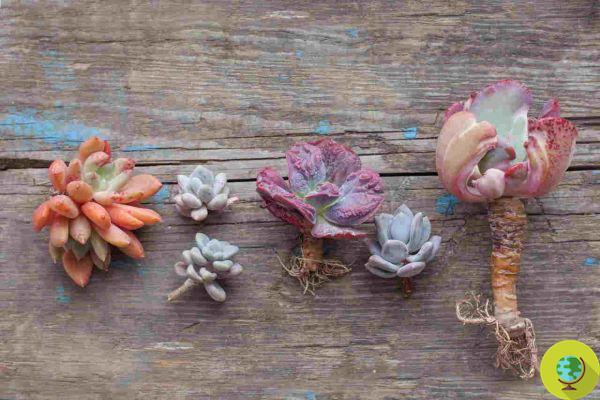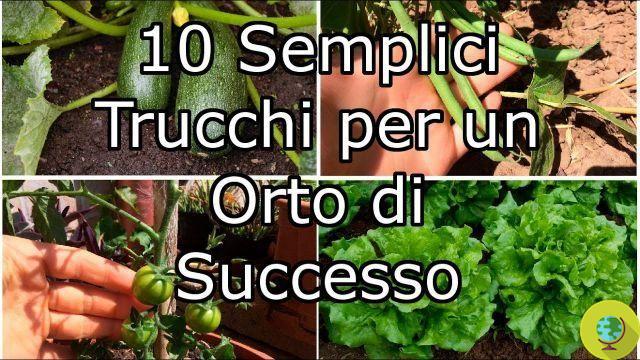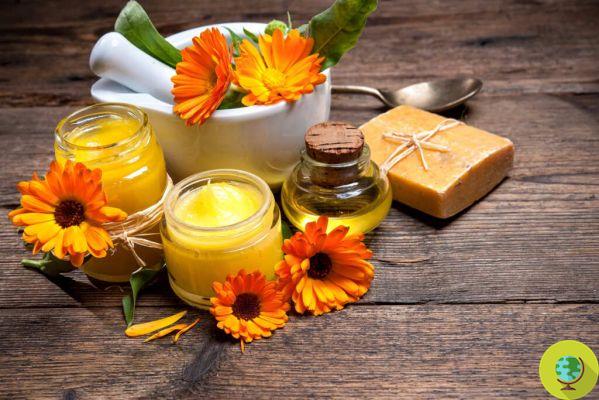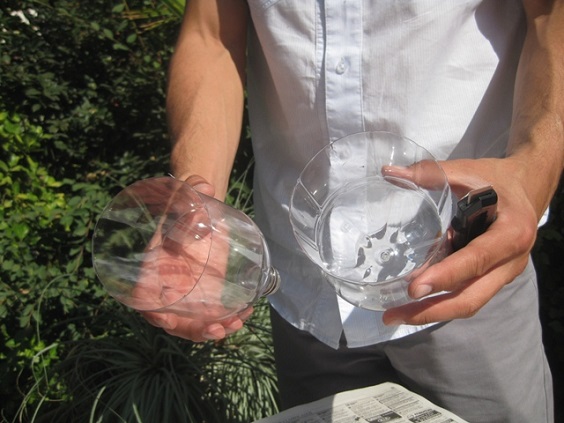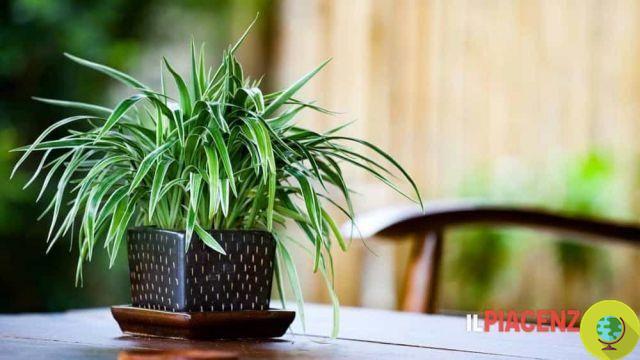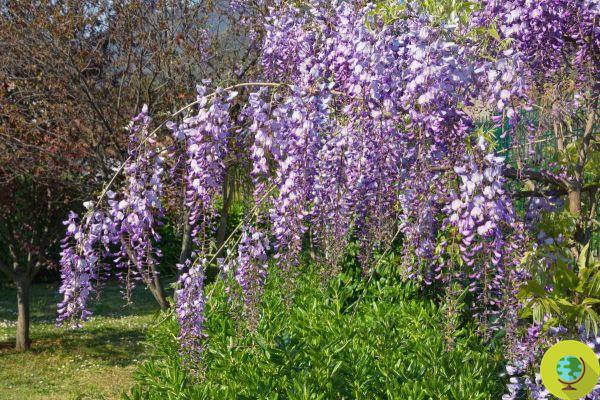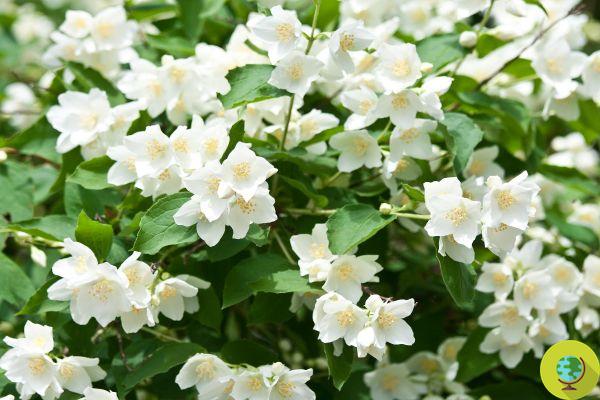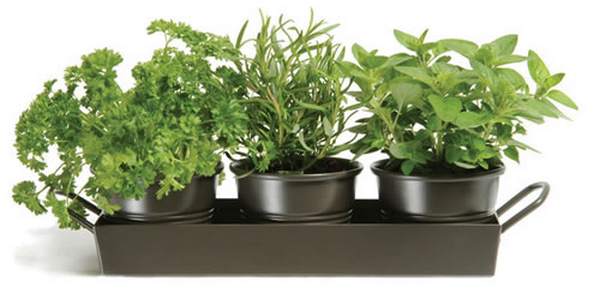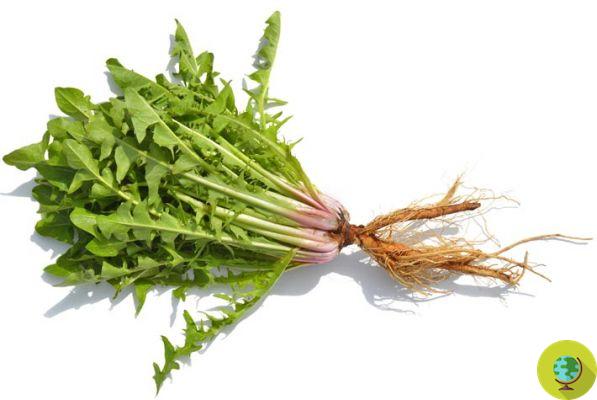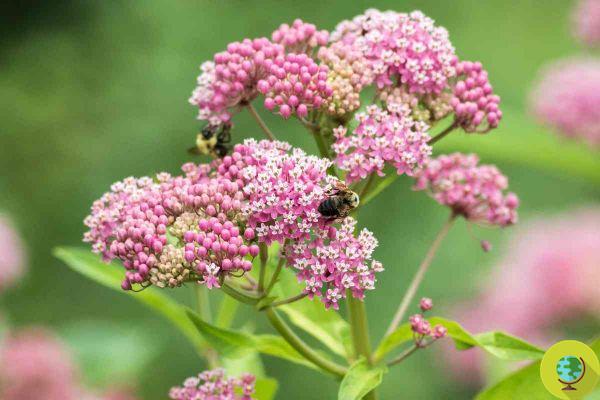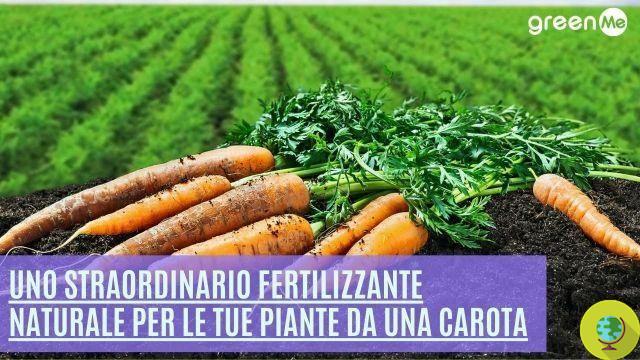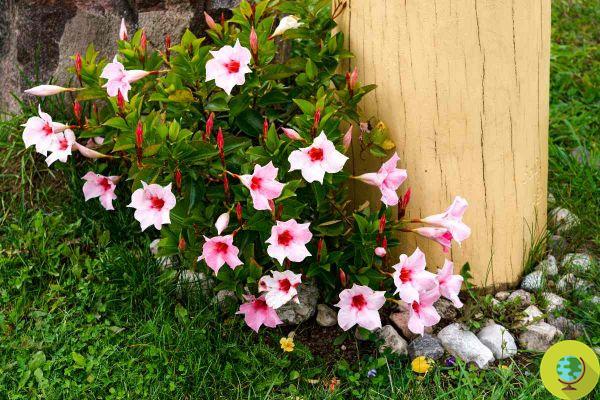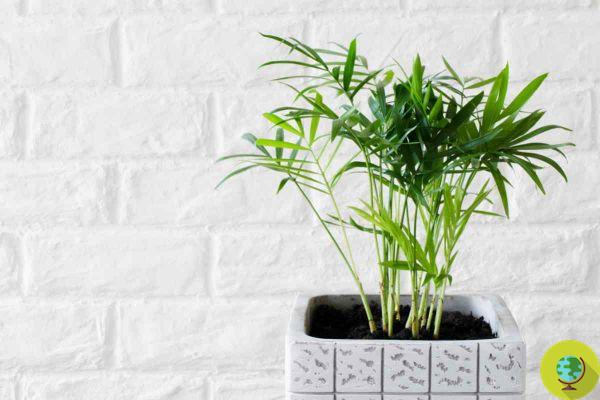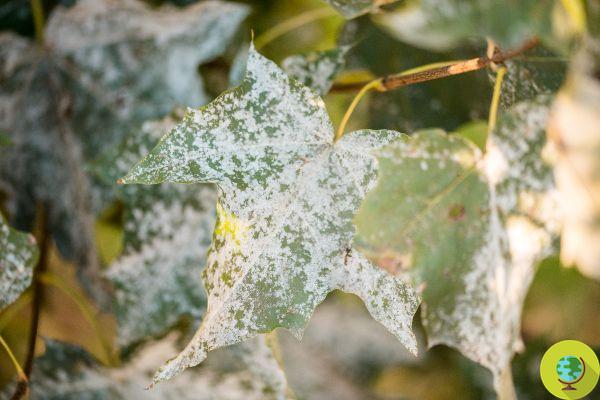
To combat powdery mildew, there are numerous natural alternatives to conventional chemical fungicides. Let's see some of them in this article.
THEpowdery mildew is a plant disease caused by fungi that attacks garden plants, such as cucumber, squash, melon, courgette, roses, apples and many more. Powdery mildew manifests itself with a white patina similar to flour, which covers the leaf of the plant, the buds, the flowers and the fruits. The affected leaves stop developing, shrivel, turn yellow and fall, while the buds and flowers show malformations. The fruits of the affected plants will no longer be edible. Read also: Diseases of aromatic plants: how to recognize and eradicate pests, fungi and molds affecting your herbs
To combat powdery mildew, however, we can use not necessarily chemical fungicides. Let's see some of them together.
Index
How to fight powdery mildew without chemical fungicides
The good news is that powdery mildew infections are usually mild. Healthy plants will often recover on their own after changes in the weather or with proper care to improve airflows. Hence, treatment is often unnecessary. Instead, for more serious infections affecting your garden, treatment alternatives are available that avoid the use of chemical fungicides. Frequent use of fungicides can in fact lead to the development of resistance to them in fungi and they can also have serious consequences for human health.
To improve the health of your plants, you could start making changes such as checking the nutrient content or pH of the soil, watering sufficiently, and making sure the plants get the right amount of sunlight. Giving plants the conditions they need to thrive is key to keeping them healthy, happy, and hopefully disease-free. The Sun it is especially the enemy of fungal diseases, so be sure to give your plants the right level of exposure. Then remember that too much humidity it can lead to the development of diseases.
There are some for plants affected by powdery mildew natural remedies which we report below.
Latte
Sprinkle some milk on areas of plants that show symptoms of the disease will help control powdery mildew, particularly if applied to early stages of infection. This technique is used by many growers around the world and has been found to be effective in studies conducted over more than 60 years of tomatoes, vines, apples, pumpkins, cucumbers, courgettes and other types of plants. Milk can provide control similar to that achieved through the use of conventional chemical fungicides.
You can dilute the milk with plenty of water and spray it on plants at the first sign of infection. Try a 50/50 mix of liquid milk and water for more severe infections, but powdered milk may work as well. Make sure you cover all affected areas of your plants, including the stems and undersides of the leaves. Continue with the applications twice a week, until you see improvement and be sure to reapply if it has rained. Milk can also help prevent infections if you spray it on plants weekly.
Potassium bicarbonate
Research has confirmed that baking soda is ineffective against hate, however potassium bicarbonate combined with add-ons may be adequate.
Sulfur
Lo sulfur it is a classic effective fungicide to control powdery mildew, but the main problem is that it must be applied preventively, that is before symptoms. You can spray it on plants you know are sensitive to prevent infection. It is also one of the least expensive products for fighting powdery mildew. Sprays should typically be applied weekly and after rain, but that will also depend on the type of plant you are caring for. It is important to remember that these products can be irritants for the eyes and throat and are not suitable for all types of plants. Make sure you wear adequate protection and read all product labels carefully before use.
Fungicides bio
One of the benefits of using biofungicidi is that they leave no toxic residue and that fungi are far less likely to become resistant to them. Biofungicides are sprayed on the leaves, usually once a week. Again, always read product labels before use and follow the instructions.
Copper
Il copper is a common fungicide that can be effective against powdery mildew and can also be used to control other types of bacteria. Some experts, however, claim that it is less effective than sulfur. If your plant is infected, apply copper as soon as you notice symptoms and repeat every 7-10 days. Make sure you spray both the top and bottom of the leaves and reapply after rain. Cover exposed skin when using it and avoid contact with eyes or inhalation during application. Copper is toxic to fish, so don't use it near ponds or streams.
Follow us on Telegram | Instagram | Facebook | TikTok | Youtube
You may also be interested:
- What to do if you find mold in strawberries and how to prevent it
- If your plant has yellow leaves you are probably making one of these 5 mistakes
- Plants overrun by mushroom flies? This ingredient you surely have around the house is the best to fix
- White spots on sage: what they are, why they develop and how to get rid of them with home remedies
- Have you ever noticed these white, woolly flakes on the trees in your garden? They are actually insects that attack plants in the fall





